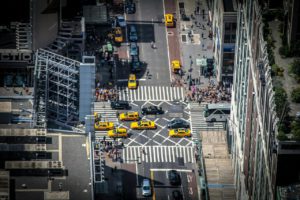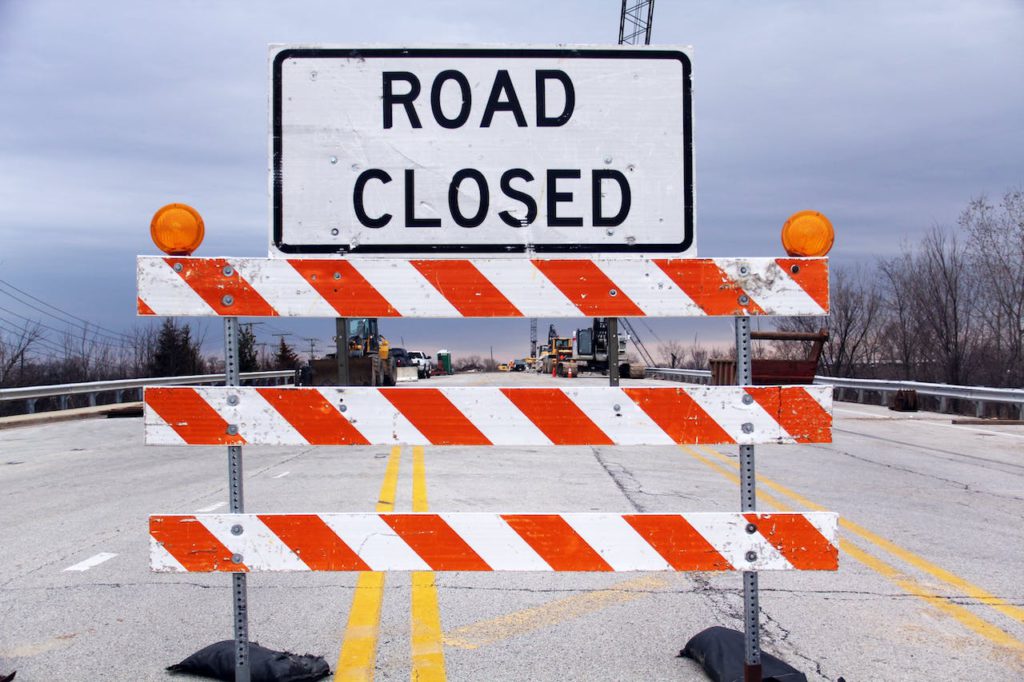Traffic congestion has become an ever-present challenge in cities around the world. As urban populations grow and the number of vehicles on the road continues to rise, the need for effective traffic management and congestion relief strategies becomes increasingly urgent. In this article, we will explore the complex issue of traffic congestion, its causes, its far-reaching impacts, and innovative solutions that cities are adopting to alleviate gridlock and improve the quality of urban life.

The Causes of Traffic Congestion
Traffic congestion is a multifaceted problem with a variety of contributing factors. Understanding these causes is essential for devising effective congestion-relief strategies. Some of the primary causes of traffic congestion include:
1. Increased Urbanization: The ongoing trend of urbanization is leading to higher population densities in cities. More people in urban areas mean more vehicles on the road, which can overwhelm existing infrastructure. Traffic control companies in Melbourne play a vital role in managing the flow of cars amidst the challenges posed by urbanization and population growth.
2. Lack of Public Transportation: More people rely on private vehicles in cities with inadequate or inefficient public transportation systems, exacerbating congestion.
3. Inadequate Road Infrastructure: Cities that have yet to keep pace with their growing populations may have road networks that need to be improved to handle the volume of vehicles.
4. Poor Urban Planning: Disorganized urban planning can result in areas with limited access to major thoroughfares, creating bottlenecks and forcing traffic onto already congested routes.
5. Vehicle Dependency: The convenience of private vehicles, especially in areas with limited alternative transportation options, can encourage car dependency and contribute to congestion.
6. Peak-Hour Commuting: The daily rush-hour phenomenon concentrates traffic during specific times, compounding congestion problems.
The Widespread Impacts of Traffic Congestion
Traffic congestion doesn’t just cause inconvenience; it has far-reaching economic, environmental, and social impacts:
1. Economic Costs: Congestion leads to wasted time and fuel, resulting in significant economic losses for individuals and businesses. Delays in shipping and transportation can increase the cost of goods and services.
2. Environmental Pollution: Idling in traffic contributes to air pollution and greenhouse gas emissions, worsening air quality and contributing to climate change.
3. Health Implications: Long commutes and exposure to air pollutants are linked to various health problems, including stress, respiratory issues, and cardiovascular diseases.
4. Reduced Productivity: Time spent stuck in traffic reduces overall productivity, as employees arrive late for work, meetings, and appointments.
5. Quality of Life: The stress and frustration associated with traffic congestion negatively affect the quality of life for residents in congested areas.
Innovative Solutions for Traffic Congestion Relief
Cities worldwide seek innovative solutions to tackle traffic congestion and its associated challenges. Here are some intelligent approaches that are gaining traction:
1. Improved Public Transportation: Expanding and enhancing public transportation systems is a crucial strategy for traffic management in Melbourne. Investments in buses, trains, trams, and subway systems can provide commuters with reliable alternatives to private vehicles.
2. Congestion Pricing: Some cities have implemented congestion pricing, where drivers are charged for using certain roads during peak hours. This strategy not only reduces congestion but also generates revenue for infrastructure improvements.
3. Carpooling and Ridesharing: Carpooling and ridesharing services, facilitated by mobile apps, encourage people to share rides and reduce the number of vehicles on the road.
4. Bicycle and Pedestrian Infrastructure: Investing in bike lanes, pedestrian-friendly streets, and safe walking routes can promote non-motorized transportation options.
5. Telecommuting and Flexible Work Hours: Encouraging telecommuting and flexible work hours can help reduce peak-hour congestion by spreading out people’s commute times.
6. Smart Traffic Management: Technology, such as intelligent traffic lights, real-time traffic monitoring, and adaptive traffic control systems, can optimize traffic flow and reduce congestion.
7. Urban Planning Reforms: Cities are rethinking their urban planning strategies to create mixed-use developments, reduce sprawl, and encourage higher-density living, reducing the need for long commutes.
8. Electric and Autonomous Vehicles: The transition to electric and autonomous vehicles can reduce congestion by improving traffic flow and reducing accidents.
9. Multi-Modal Transportation Hubs: Building transportation hubs that connect various modes of transportation, such as buses, trains, and bikes, makes it easier for people to switch between modes and reduce the use of private vehicles.
10. Data-Driven Decision-Making: Utilizing data analytics to understand traffic patterns and make informed decisions about infrastructure improvements and traffic management.
Traffic congestion is a complex and persistent problem faced by cities globally. However, congestion relief is achievable through innovative solutions, technological advancements, and intelligent urban planning. As more towns prioritize the development of efficient public transportation, embrace congestion pricing, and implement technology-driven traffic management, the hope is that traffic woes will be reduced, leading to improved economic productivity, environmental sustainability, and overall quality of life for urban residents. Cities must continue exploring and implementing these solutions to create a more liveable and sustainable urban future.

